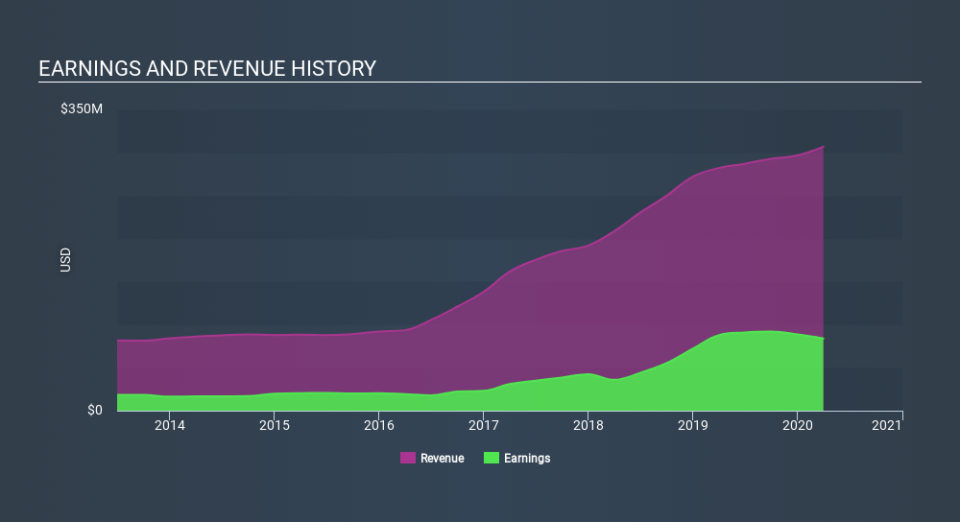OceanFirst Financial Corp. (NASDAQ:OCFC): What Does Its Beta Value Mean For Your Portfolio?

If you're interested in OceanFirst Financial Corp. (NASDAQ:OCFC), then you might want to consider its beta (a measure of share price volatility) in order to understand how the stock could impact your portfolio. Modern finance theory considers volatility to be a measure of risk, and there are two main types of price volatility. First, we have company specific volatility, which is the price gyrations of an individual stock. Holding at least 8 stocks can reduce this kind of risk across a portfolio. The other type, which cannot be diversified away, is the volatility of the entire market. Every stock in the market is exposed to this volatility, which is linked to the fact that stocks prices are correlated in an efficient market.
Some stocks are more sensitive to general market forces than others. Beta is a widely used metric to measure a stock's exposure to market risk (volatility). Before we go on, it's worth noting that Warren Buffett pointed out in his 2014 letter to shareholders that 'volatility is far from synonymous with risk.' Having said that, beta can still be rather useful. The first thing to understand about beta is that the beta of the overall market is one. A stock with a beta greater than one is more sensitive to broader market movements than a stock with a beta of less than one.
View our latest analysis for OceanFirst Financial
What we can learn from OCFC's beta value
Using history as a guide, we might surmise that the share price is likely to be influenced by market volatility going forward but it probably won't be particularly sensitive to it. Share price volatility is well worth considering, but most long term investors consider the history of revenue and earnings growth to be more important. Take a look at how OceanFirst Financial fares in that regard, below.
Could OCFC's size cause it to be more volatile?
OceanFirst Financial is a small cap stock with a market capitalisation of US$877m. Most companies this size are actively traded.
What this means for you:
It is probable that there is a link between the share price of OceanFirst Financial and the broader market, since it has a beta value quite close to one. However, long term investors are generally well served by looking past market volatility and focussing on the underlying development of the business. If that's your game, metrics such as revenue, earnings and cash flow will be more useful. In order to fully understand whether OCFC is a good investment for you, we also need to consider important company-specific fundamentals such as OceanFirst Financial’s financial health and performance track record. I urge you to continue your research by taking a look at the following:
Future Outlook: What are well-informed industry analysts predicting for OCFC’s future growth? Take a look at our free research report of analyst consensus for OCFC’s outlook.
Past Track Record: Has OCFC been consistently performing well irrespective of the ups and downs in the market? Go into more detail in the past performance analysis and take a look at the free visual representations of OCFC's historicals for more clarity.
Other Interesting Stocks: It's worth checking to see how OCFC measures up against other companies on valuation. You could start with this free list of prospective options.
Love or hate this article? Concerned about the content? Get in touch with us directly. Alternatively, email editorial-team@simplywallst.com.
This article by Simply Wall St is general in nature. It does not constitute a recommendation to buy or sell any stock, and does not take account of your objectives, or your financial situation. We aim to bring you long-term focused analysis driven by fundamental data. Note that our analysis may not factor in the latest price-sensitive company announcements or qualitative material. Simply Wall St has no position in any stocks mentioned. Thank you for reading.

